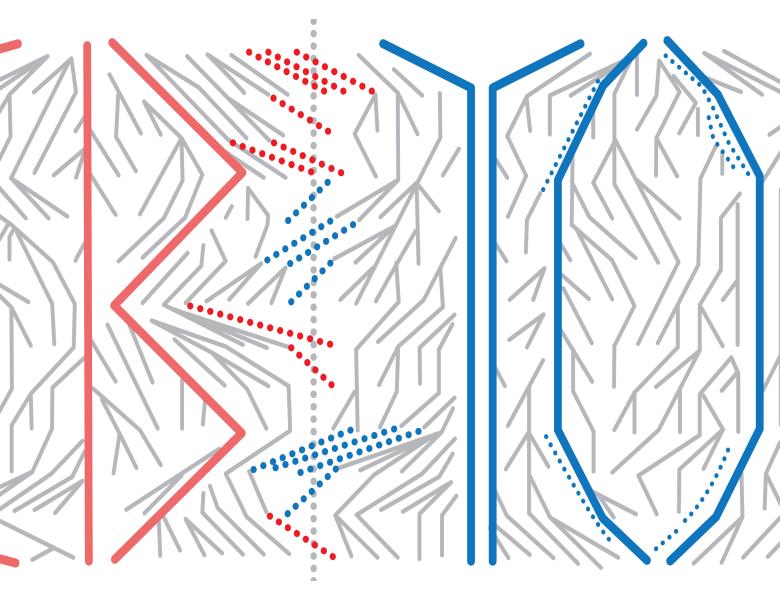
Abstract
Cancer arises via the accumulation and spread of advantageous mutations in healthy tissue. Here we discuss a model of the emergence and spread of oncogenic mutations in a spatially structured population. In this model, each lattice site is occupied by a single cell which replicates at exponential times with rate dictated by the type of the cell; the replicate then replaces one of its lattice neighbors chosen at random. In addition, oncogenic mutations occur at a low rate in the population, creating new, advantageous cell types that may either die out or become 'successful.' We will address the following questions: (1) how fast do mutations spread through tissue, and how does this depend on the parameters of the tissue/cancer type? (2) how quickly do unsuccessful mutations die out? and (3) how long does it take for cancer to initiate?


